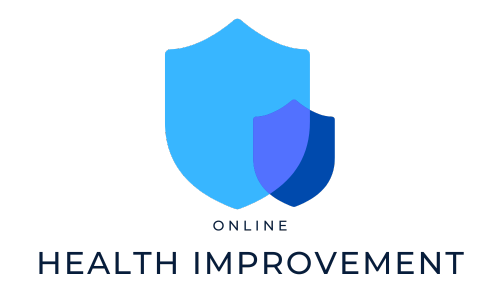Preventing Eye Injuries at Work and Play
Our eyes are remarkably delicate and essential organs that enable us to navigate the world around us. However, both at work and during recreational activities, our eyes are vulnerable to potential injuries. From chemicals and debris in the workplace to sports-related accidents, it is crucial to take preventive measures to protect our eyes. In this article, we will discuss various ways to prevent eye injuries, both at work and during leisure activities.
At Work:
1. Protective Eyewear: Employers must provide suitable protective eyewear for workers who are exposed to potential eye hazards. Safety goggles or glasses with side shields can effectively shield the eyes from flying objects, sparks, chemical splashes, and other debris. It is important to ensure that the protective eyewear fits properly and is comfortable to wear.
2. Risk Assessment: Employers should conduct a thorough risk assessment of the workplace to identify potential eye hazards. This assessment includes identifying areas with a high risk of flying objects, debris, chemicals, or intense light sources. Based on the evaluation, appropriate safeguards can be implemented to minimize the risk of eye injuries.
3. Proper Training: Workers should receive proper training in eye safety protocols and should be educated about the risks associated with their specific tasks. Employers should conduct regular training sessions to ensure that all employees understand how to use protective eyewear correctly and are aware of the potential risks and precautions necessary to prevent eye injuries.
4. Emergency Eyewash Stations: In workplaces where there is a risk of exposure to hazardous chemicals, emergency eyewash stations should be readily available. These stations provide immediate flushing of the eyes in case of chemical splashes. Employers should ensure that the eyewash station is easily accessible, properly maintained, and that employees know how to use it in case of an emergency.
During Play:
1. Sports-Specific Eyewear: When engaging in sports or recreational activities, it is crucial to wear appropriate eye protection. For sports such as racquetball, basketball, or hockey, where there is a higher risk of eye injuries due to contact with balls or flying objects, sports-specific goggles or helmets with face protection should be worn. It is important to select eyewear that meets the required safety standards for the specific sport.
2. Sunglasses: While sunglasses are primarily worn to protect the eyes from harmful ultraviolet (UV) rays, they can also serve as a barrier against flying objects or debris during outdoor activities. When participating in sports such as cycling, skiing, or snowboarding, wearing sunglasses with polycarbonate lenses is recommended. These lenses are impact-resistant and provide better protection against potential risks.
3. Awareness of Surroundings: Whether playing sports or engaging in leisure activities, it is essential to remain aware of one’s surroundings to avoid potential eye hazards. This includes being mindful of projectiles, sharp objects, branches, or any other hazards that may cause injury. Staying alert and maintaining good peripheral vision can significantly reduce the risk of eye injuries.
4. Children’s Eye Safety: Parents and caregivers must take special precautions to protect children’s eyes during play. Children should be encouraged to wear appropriate protective eyewear during sports activities. Additionally, toys with potential eye hazards, such as projectiles or sharp edges, should be avoided, especially for younger children.
By implementing these preventative measures, both at work and during recreational activities, we can greatly reduce the risk of eye injuries. Protecting our eyes is crucial for maintaining good vision and overall wellbeing. Remember, prevention is always better than cure, and when it comes to eye injuries, it is particularly true. So let’s take the necessary steps to protect our eyes and stay safe at work and play.
